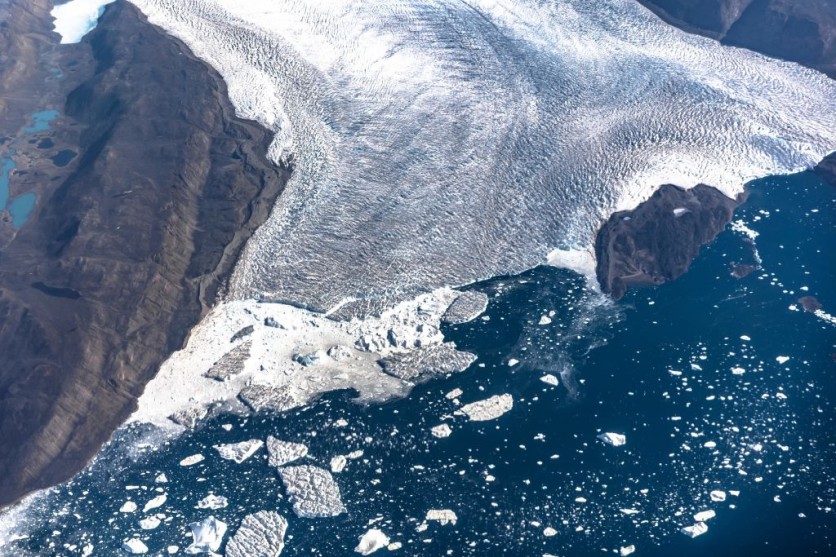The largest basin of Greenland's ice is melting considerably faster than anticipated by current climate models, and by 2100, it may contribute up to six times more to sea level rise globally, according to a study by researchers at Dartmouth College, University of California, Irvine, and the Technical University of Denmark (DTU).

Northeast Greenland Ice Stream
The researchers discovered that the Northeast Greenland Ice Stream (NEGIS) might raise sea levels by at least half an inch by the end of this century, which is equal to the contribution of the entire Greenland ice sheet over the previous 50 years.
The study combines GPS data gathered over the previous ten years from the hard interior of Greenland with numerical modeling and satellite data.
According to the research's press release, the floating extension of the NEGIS collapsed in 2012 due to the entry of warm ocean currents, which exacerbated ice flow and set off an upstream wave of fast ice thinning.
The scientists discovered that this thinning extends inland from the coast of Greenland by 200-300 kilometers (124-186 miles) and that several glaciers in the country may be experiencing the same condition.
Thinned Near the Margin
According to co-author Mathieu Morlighem, the Evans Family Distinguished Professor of Earth Sciences at Dartmouth, several glaciers have been thinned near the margin in recent decades. GPS data helped the scientists determine how far inland these changes occurred along the coast propagate.
The study's computer models, which simulated the flow of ice from the interior of the ice sheet to the coast, were developed under the direction of Morlighem.
"The Greenland ice sheet is not necessarily more unstable than we thought, but it may be more sensitive to changes happening around the coast. If this is correct, the contribution of ice dynamics to overall mass loss on Greenland will be larger than what current models suggest," Morlighem said in a statement.
The team discovered that the increasing melting persisted even during Greenland's extremely cold winter of 2021 and summer of 2022, indicating that the process will be challenging to prevent.
If the findings are validated, they will have an impact on the existing estimates of sea level rise, which predicts an increase in ocean levels of 8 to 38 inches (22 to 98 cm) by the end of the century.
The authors determined that the actual sea level rise is expected to be far more dramatic, which will have disastrous effects on people living in low-lying areas and coastal locations all over the world.
The study's findings were published in the journal Nature on Nov. 9.
Related Article : Unesco Calls to 'Drastically Cut Emissions' Before Glaciers Disappear to Climate Change
This article is owned by Tech Times
Written by Jace Dela Cruz
ⓒ 2026 TECHTIMES.com All rights reserved. Do not reproduce without permission.




